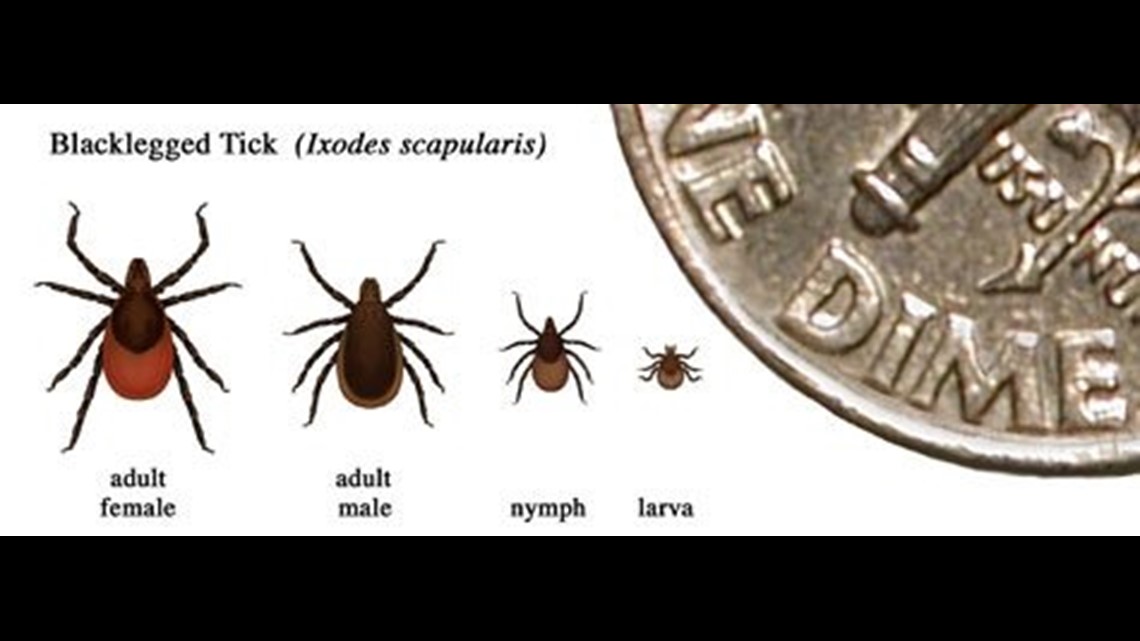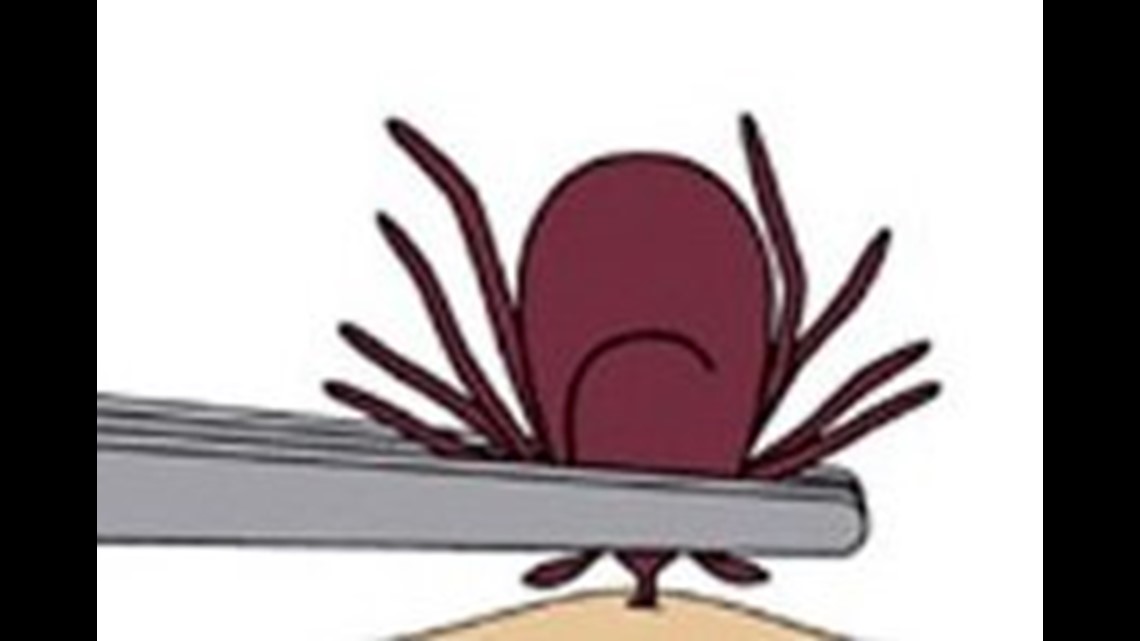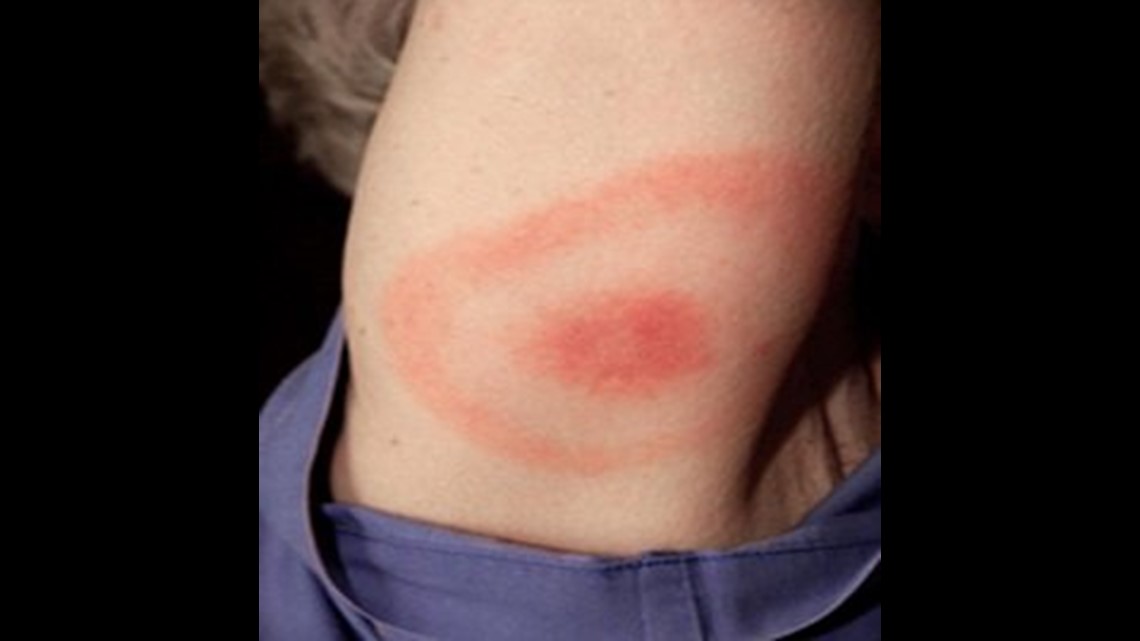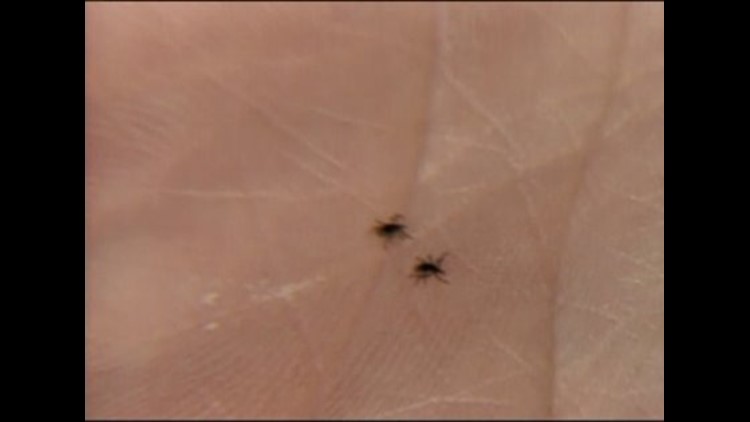With the Spring-like weather, people and their pets are getting in touch with nature. And being outside means an increased exposure to ticks from April through September.
Ticks are parasites that stick their heads under your skin and drink the liquid that you have in between your skin cells. The live off of you until they are nourished enough to go off and mate to create more ticks.
Don’t panic, while the tick may carry a host of bacteria that can cause infection, the risk of getting these infections is remarkably low during the first 48 hours. In the first 48 hours, they are just sucking in your fluids and growing in size. After about 48 hours, the Tick hits maximum size and starts to push the fluids in their body back into your body and then suck fresh fluid to replace it. It is this regurgitation of fluids back into your body that introduces bacteria into your system. So the first thing to do is to remove the tick as soon as possible.
Should you call your doctor or wait to see what happens? Either is acceptable. The CDC recommends waiting unless you develop a fever, rash, or aches in your muscles or joints over the next several weeks. In this area, Lyme disease is a big concern while in other parts of the country, it is Rocky Mountain Spotted Fever. For Lyme disease there is a rash with a red center, regular skin color, and then another red circle so it looks like a target. There are antibiotics that can help but it works better the sooner you get it.
Avoid ticks altogether by wearing long pants and log sleeve shirts, using bug repellent with 20% or more DEET or permethrin, stay on trails where possible, and check yourself and loved ones over for ticks when you come out of the woods.
The following recommendations are from the CDC:




LYME DISEASE: Lyme disease is caused by Borrelia burgdorferi bacteria that is injected into you from a tick. Typical symptoms of Lyme disease include fever, headache, fatigue, and a characteristic skin rash (see below). If left untreated, infection can spread to joints, the heart, and the nervous system. Most cases of Lyme disease can be treated successfully with a few weeks of antibiotics and is most effective if therapy is started earlier in the course of therapy.




Gritty Rash: This is the typical later stage rash. Earlier on, the rash is much lighter and feels bumpy to the touch around the area. Not everyone gets a rash.
For more info from the CDC on Ticks click here and For more on Lyme Disease from the CDC, go here
Michael White; Dept. Of Pharmacy Practice, UConn School Of Pharmacy



